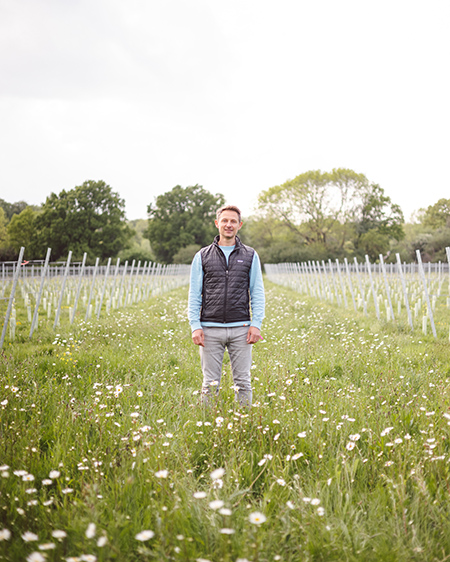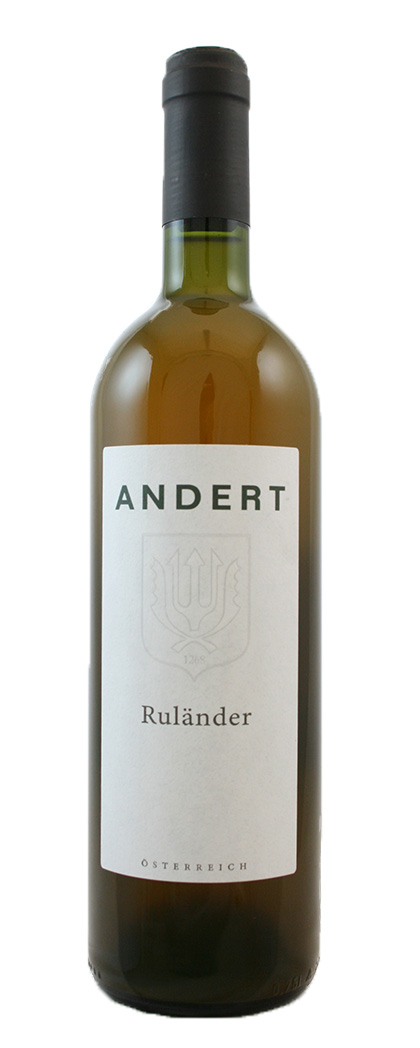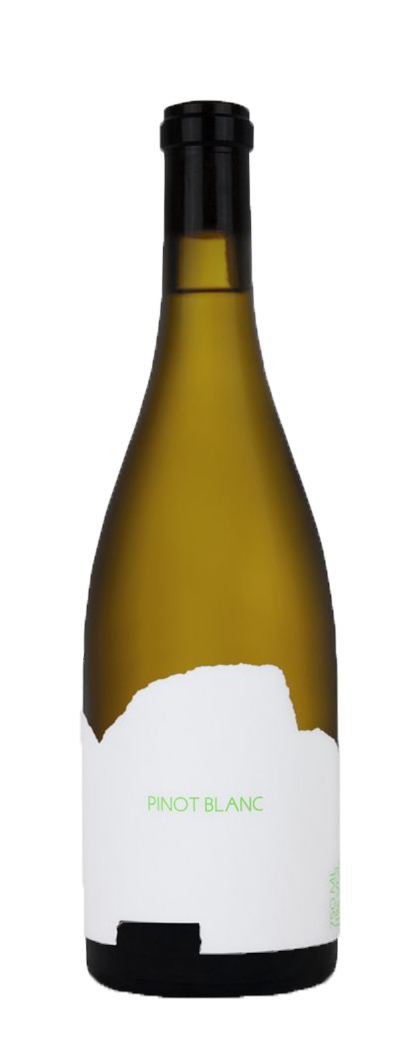Marasby White Pinot Pioneers Tasting

I am a tough crowd as a wine taster, as I believe in always benchmarking what I taste against the best in that category. I also come with the strong conviction that good farming (by which I mean sustainable and organic methods that allow healthy yeast populations to survive and allow the vigneron to work with quality grapes) is a prerequisite for good wine. As the saying goes: “You can make bad wine from good grapes, but you can’t make good wine from grapes.”
Historically speaking, English still wine vinification is in its comparative infancy. The fizz culture is entrenched, dominating the wine landscape and the consciousness of consumers and journalists. Outfrenching the French is a groovy peg to hang your reputational hat on.
Historically speaking, English still wine vinification is in its comparative infancy. The fizz culture is entrenched, dominating the wine landscape and the consciousness of consumers and journalists. Outfrenching the French is a groovy peg to hang your reputational hat on. However, the skills required to make an excellent still wine are very different to those needed to craft a great sparkler. And this is where farming comes into its own. Without the bubbles, the art of blending and ageing that distinguishes the trad method sparklers, still wine relies very much on the quality of the grapes.
Let’s start with the grape varieties under consideration at the White Pinot Pioneers Tasting: Pinot Gris, an historic mutation, is an interesting grape, particularly when it ripens fully to manifest purple/reddish skins and potentially high sugar levels. It reaches a qualitative peak in Alsace, where the finest examples from the best terroirs are awarded grand cru status. Those wines tend to be intensely rich, golden, opulent, and spicy marked by highish alcohol and moderate-low acidity. Plumptious might be a good description if that portmanteau word exists.
Outside of France, the variety also performs well in Austria and Germany (where it is called Rülander), and exceptional, skin-contact versions are made in the Friuli/Slovenia region. Here the wines are almost coppery red in colour with fine tannins. Pinot Gris is a popular white grape in Oregon and one of the finer aromatic varieties found dwelling in Sauvignon-dominant Marlborough country. If one respects the ultimate potential of the grape by means of thinning yields and allowing proper ripening, then one finds ample material for something quite exciting.
In its vinification, Pinot Gris seems to like to be muddled; roughly crushed, macerated on skins, matured oxidatively or raised in large wooden formats (acacia or foudre). Naturally low in acidity (when harvested fully ripe), it rewards any approach that exalts its texture. Classic Pinot Gris may exhibit aromatic notes of honeysuckle, golden pear, sun-baked apricots (and their kernels), waxy apple, peach, cinnamon, sweet and dried spices. The macerated versions may further remind one of dried red flowers, wild strawberries, orange rind and pepper.
There is another equally familiar side to the grape. With earlier harvesting, higher yields, cold stabilisation in tank and inoculated controlled fermentation, a more neutral style with crisp green apple fruit and slivers of almond emerges. The “Grigio” style.
These styles are so opposed that effectively they might derive from different grapes. There is no sense of a unified English style, therefore, but it would be surprising if there were. The examples on show were both uniform, yet lacking the perfumed unctuous personality that characterises the best examples. In certain cases, a lack of ripeness gave the sensation of sweet/sour marked by green acidity on the finish. Sulphur levels were high for all the wines serving to inhibit the fruit character. And, finally, a couple of wines exhibited overt yeast inoculations which imbued them with pronounced thiol aromatics and flavours.
Looking back at my roughly-scrawled notes I see the following descriptions: “Musky nose (varietally correct) yet strangely vegetal asparagus notes too”; “fruit bowl of rock melon; lychee and peaches-in-syrup”; “marzipan, white fleshed fruit, ripe citrus on the finish”; “tart green apple, v neutral”; and my pick of the bunch: “hints of warm pastry on the nose, gently filling the mouth, reserved style and a bit more grown-up.”
Does Pinot Gris have a future in the UK?
Possibly, if handled sympathetically and astutely, this variety can offer a point of difference. I don’t see it is as a quintessential English grape, however, unless farming substantially improves and winemakers construct their wines around ripeness.
The second variety under the microscope was Pinot Blanc. Originating in Champagne where it is called Pinot Blanc Vrai (and Burgundy), it is prized for its acidity. Excellent versions may be found in Austria, Germany and Alto-Adige. On the right soils, we may encounter wines with a beguiling mixture of acidity and concentration. Lees-ageing confers butteriness. Pinot Blanc can resemble Chardonnay in terms of its elegance and capacity to channel terroir.
For me, these wines were inherently more interesting than the samples of Pinot Gris, although I got the impression that other tasters preferred the consistent style of the Pinot Gris on show. I thought the Tillingham Pinot Blanc with its defined minerality and interplay between reduction and oxidation, was in a different class, although again others were less enamoured of its funkiness and offbeat character. A couple of other wines were very solid; one demonstrating that judicious ageing in oak can confer an extra layer of complexity to the wine. Because Pinot Blanc is more neutral per se than Pinot Gris, it is tempting for vignerons to work it a bit harder to make it more interesting.
My other thought is that Pinot Blanc would make a fine base for an English Crémant style and perhaps would need less time on lees than Chardonnay. And thinking outside the box, perhaps Pinot Blanc and Pinot Gris might work together as a blend.
In summary, to grow quality white grapes you need to farm well, focusing on the health and welfare of the vines and the grapes. Organic/regenerative farming is a good starting point, while hand harvesting and rigorous selection of fruit is essential. Picking on maturity/ripeness will give the material in the grapes to make an interesting wine.
Creating a faux-homogenous style to be easily recognised by the hypothetical consumer, well, that way milquetoast Pinot Grigio lies.
Ambient fermentation with native yeasts enables the wine to reflect the vintage and helps build complexity. Barrel-ageing may add further layers and textures to the best-quality ripe grapes. Filtration, if practised, should be gentle – most of the wines we tried were stabilised and heavily filtered. And sulphur additions moderate to say the least. Although this all sounds as if I am arguing for a more natural approach to farming and winemaking, I do think that is the way to make wines that stand out from the crowd. Creating a faux-homogenous style to be easily recognised by the hypothetical consumer, well, that way milquetoast Pinot Grigio lies.
And which other white grapes might make convincing still wine in the UK? Over sixty varieties are now planted in this country (some in minute quantities) with Bacchus and Ortega having their fans. Seyval Blanc; Müller-Thurgau; Reichensteiner; Madeleine Angevine; Phoenix; Faber; and Huxelrebe are known to make reckonable wines. We may shortly see more wines made from so-called PIWIs. The grape variety is not the end, however, but rather the means to the end. It is the conduit for farming, micro-climatic expression, soil type and vintage. Farmed and treated with real diligence, a hybrid can even make better wines than those from so-called noble varieties.

Pinot Blanc and Pinot Gris tend to thrive in warmer climates (such as Alsace, Northern Italy and parts of Germany). One should then perhaps consider those that flourish in similar soils or in climates comparable to ours as more suitable varieties. Albarino (already planted in a couple of vineyards) is one that might have considerable commercial appeal. If rainy Galicia is our inspiration, then Arinto and Loureiro might be others. Aligoté, Riesling, Gruner Veltliner, Melon, and Sauvignon are other vinifera alternatives that could eventually take root in the UK. As stated previously, we should be discussing matters such as the vineyard location and aspect and soil type. Growing grapes to make sparkling wine places less of a premium on decisions about how to identify and utilise the best terroir. Mapping terroir, is, of course, a long-term project, although we are currently seeing how certain producers have discovered vineyards in “sweet-spot micro-regions,” Crouch Valley being one that springs to mind. Expect news of more sweet spots over the next few years!
Curiously, one of the most enjoyable wines on the day was a Pinot Noir Blanc, which was deliciously buttery with great mouthfeel and length. The next big thing? Perhaps not, but the lesson might be that UK growers should keep on experimenting and pushing their boundaries in the interest of diversity.
As for white Pinot in the UK, let’s reserve judgement. Curiously, one of the most enjoyable wines on the day was a Pinot Noir Blanc, which was deliciously buttery with great mouthfeel and length. The next big thing? Perhaps not, but the lesson might be that UK growers should keep on experimenting and pushing their boundaries in the interest of diversity.
Created by Talya Roberson and Simon Huntington, Marasby https://marasby.com/ is a web site resource dedicated to promoting the best of UK food and wine produce with winery profiles, special seasonal features and regular blogs as well as a wine club and online shop.
For my take on the modern UK wine scene, please check out this blog from the Marasby site: https://marasby.com/blog/new-wave-uk-wines-the-long-read/



